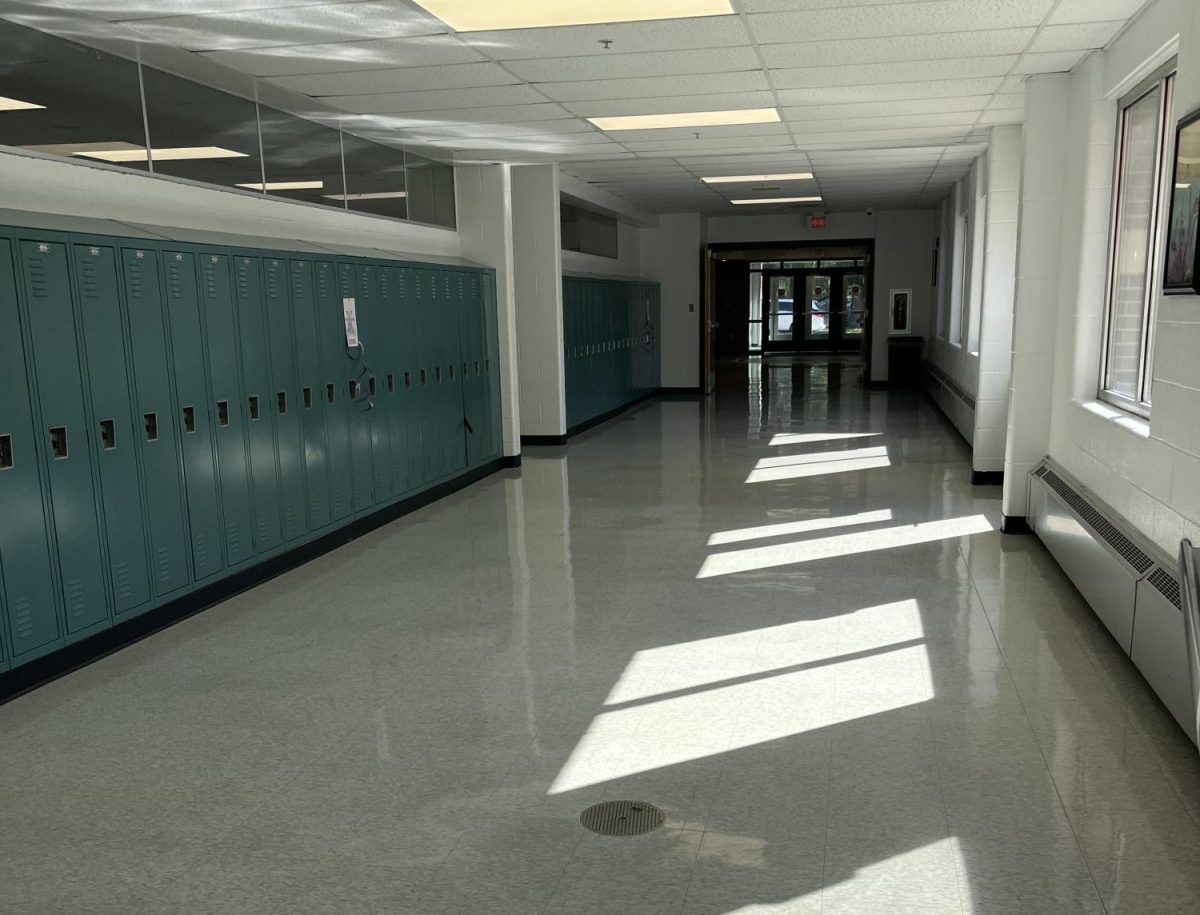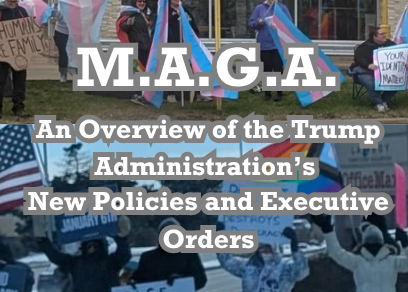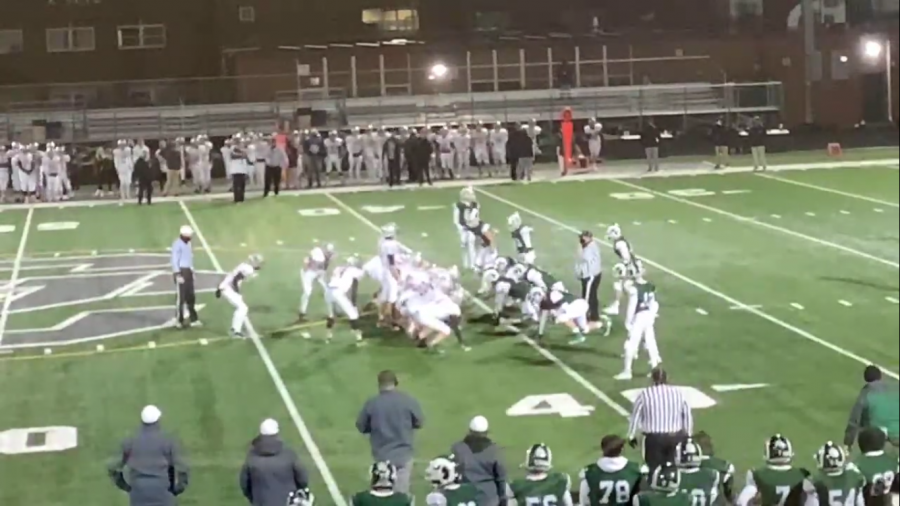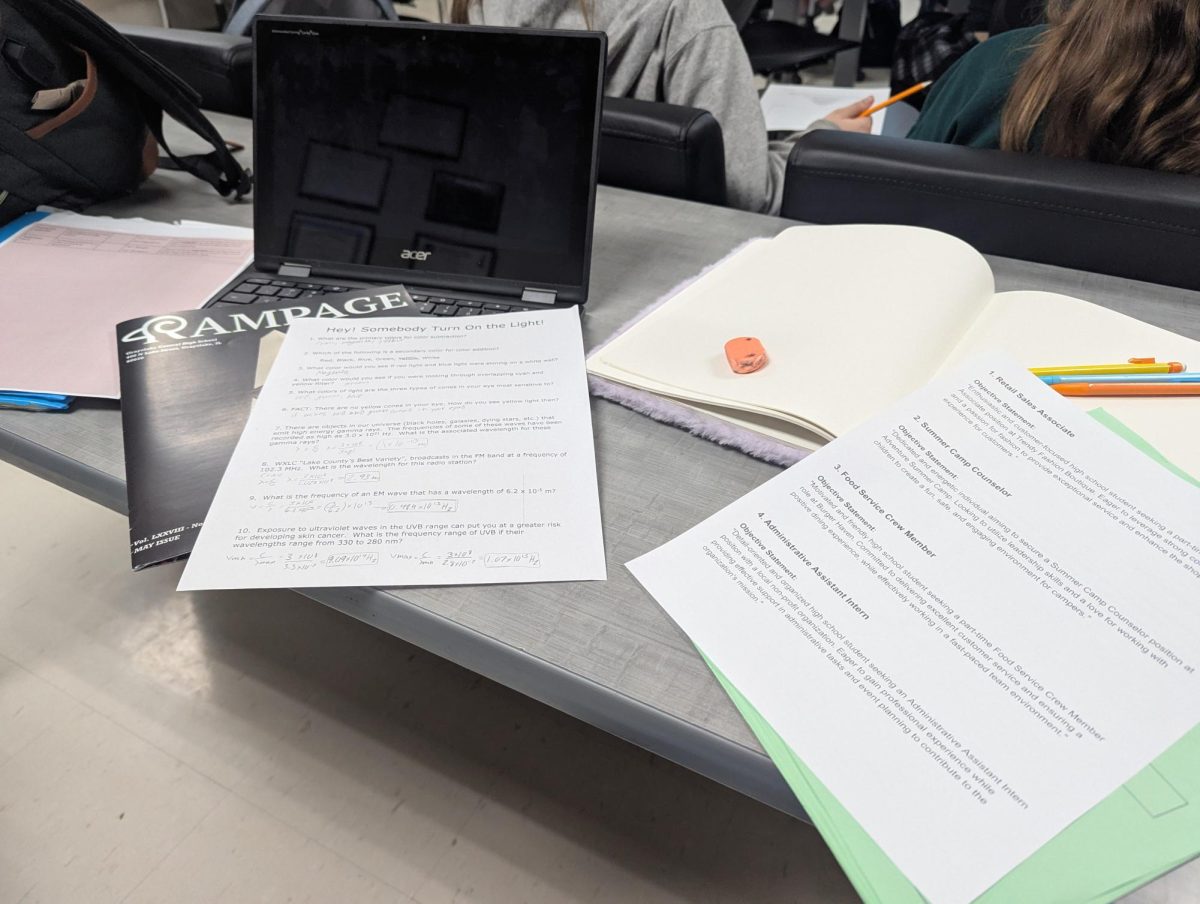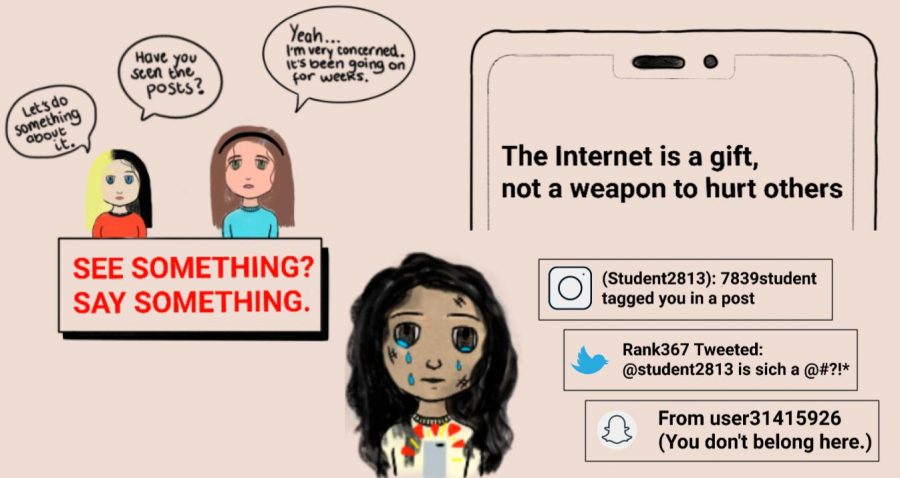Trump’s newest immigration policy
President Donald Trump’s history of anti-immigration decisions and newest policy determined to fully end the immigration of Central and South American families.
February 21, 2019
Undocumented Hispanic immigrants have been the recent focus of new immigration policies presented by the Trump Administration. The new policies came to be due to Homeland Security’s report of a 203 percent increase in illegal border crossings from March of 2017 to March of 2018. Since the start of the new procedures, the system has led to the separation of migrant children from their guardians. Time reports that from “April 19 to May 31 [2018], some 1,995 children were separated from roughly as many adults at the U.S. border.”
What Donald Trump labeled as an invasion from 2017 to 2019, the massive influx of immigrants attempting to enter the U.S. is due to an immense wave of South and Central Americans leaving their countries of origin for both a better, sound life and to escape whatever turmoil they faced in their homelands, whether it be economic ruin, crime, and various other reasons.
In early April of 2018, U.S. Attorney General Jeff Sessions announced a new “zero-tolerance policy” prohibiting “both attempted illegal entry and illegal entry into the United States by an alien,” as the Department of Justice’s Office of Public Affairs stated in their release. The Trump Administration’s new approach to immigration protocol means heavy restrictions for undocumented migrants, which immediately had split responses by the American public.
During the announcement of the new approach to undocumented immigration, Sessions stated “To those who wish to challenge the Trump Administration’s commitment to public safety, national security, and the rule of law, I warn you: illegally entering this country will not be rewarded, but will instead be met with the full prosecutorial powers of the Department of Justice. To the Department’s prosecutors, I urge you: promoting and enforcing the rule of law is vital to protecting a nation, its borders, and its citizens. You play a critical part in fulfilling these goals, and I thank you for your continued efforts in seeing to it that our laws—and as a result, our nation—are respected.”
From the start of Donald Trump’s presidency, actions taken against immigrants have risen tremendously regarding newly created policies to deter them from entering the U.S and voiding past initiatives that would’ve helped illegal immigrants already in the states.
In early September of 2017, the Justice Department announced it would be ending the Obama-era DACA program. The Deferred Action for Childhood Arrivals program (DACA) allowed certain individual undocumented children who entered the U.S. at a young age to sidestep immediate deportation.
DACA was put in place by the Obama administration in hopes that those children would grow into functioning Americans. With Trump ending the program, it put migrants into a frenzy, roughly 700,000 of them, which was the amount of DACA recipients up until the program’s cancellation.
“These are people’s lives. These are young men and women who are working, raising families, making mortgage payments, car payments, and they’ve literally lived from court decision to court decision all because there are too many people in both parties who prefer the politics of immigration than the solutions for immigration,” said Carlos Curbelo, a Republican rep. from the state of Florida and DACA supporter.
To deter further immigration of families coming through the Southern border from Central and South America, the Trump Administration put into action a migrant separation policy. The newly inducted system hoped to strike fear at the hearts of immigrant families attempting to enter the states without documentation by detaining the accompanying children and placing them in detention centers all over the U.S. while the parents and/or guardians would be deported back to their country of origin.
The policy immediately was scrutinized for many reasons. The children were put into detention centers that are uncannily similar to prisons. The children in question were and are Hispanic/Latino immigrants, meaning they’re in a foreign country with a foreign language from their own. The children range from all ages, from only years old to the age of little over legal adulthood. The children’s parents and/or guardians have been sent back home. The New York Times reports that in September of 2018, the number of migrant children in detention centers had reached its all time high of around 12,800.


